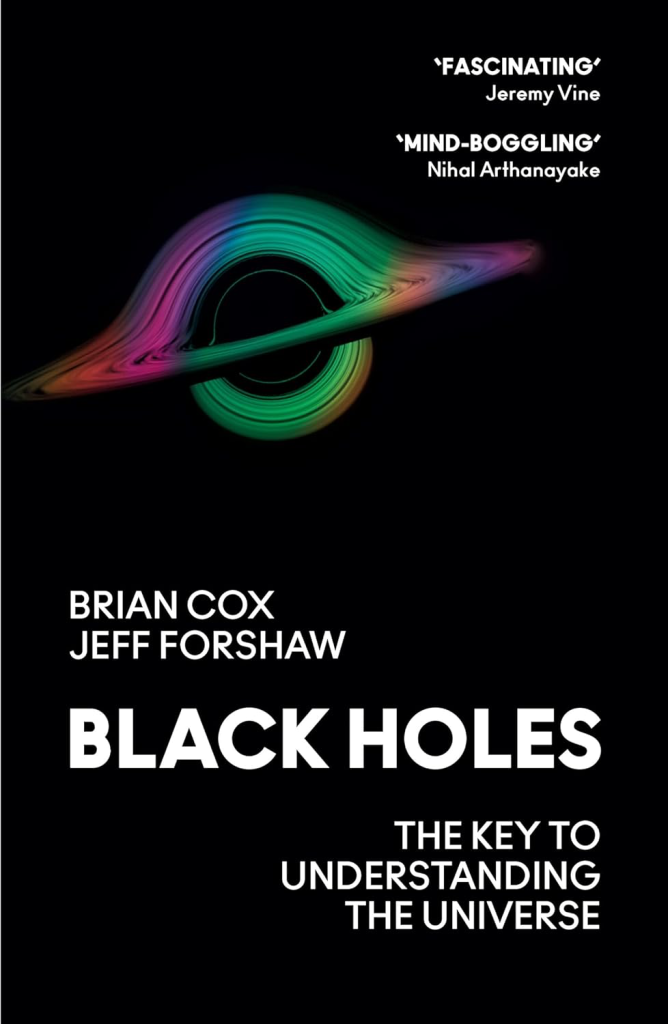Hyperspace. What does it mean? Science fiction has largely hijacked the word but its real foundations are embedded in the mathematics of higher or n-dimensional space pioneered by Bernhard Riemann in the late 19th century. Riemann lay the foundations for extra dimensional spaces and so-called non-euclidean geometries that were self consistent and logical. His Riemann tensor generalised geometry to curved surfaces, breaking free from over two millennia of Euclid’s dominance over the subject. In this new geometry of the curved surface, parallel lines can intersect and the angles of a triangle do not necessarily add to 180 degrees.

Bernhard Riemann broke past the established doctrine of ‘flat’ Euclidean geometry.
‘Therefore, either the reality on which our space is based must form a discrete manifold or else the reason for the metric relationships must be sought for, externally, in the binding forces acting on it’ – Bernhard Riemann
Riemann’s curvature tensor was part of a developmental framework encapsulating the idea that forces could be considered as alterations in the fabric or ‘geometry’ of space rather than an instantaneous phenomena acting at a distance. The reason a three dimensional creature felt the effects of a force could then be explained by a warpage in the fabric of the four dimensional geometry it moved through. The analogy of a 2D ant residing on an undulating 3D surface is a good way to understand this thought process. As the ant moves around it cannot see the curvature of the larger 3D space it inhabits yet it feels the effects as a force as it moves across the world.
Hyperspace in Science Fiction

Han-Solo and Chewbacca are seasoned hyperspace users in the film Star Wars.
‘Traveling through hyperspace ain’t like dusting crops, boy!’ – Han Solo
Hyperspace has been popularised in science fiction since the late 1920s and early 1930s, coincident with Albert Einstein’s special and general theories of relativity which became widely accepted around this time, and involved the idea of time as an additional dimension. By directly applying the Riemann tensor to his work on universal gravity Einstein was able to powerfully simplify his approach and construct his general theory of relativity. It was this application of the multi-dimensional to our understanding of gravity, light and space-time that propelled hyperspace into fiction and art. In a science fiction context the word represents a vague notion of transcending into higher dimensions to facilitate quick interstellar travel (Star Wars), or in the case of Howard Phillips Lovecraft’s ‘Dreams in the Witch House’, a gateway into a shadow realm of cosmic horrors. It also spawned the notion of the worm hole – a higher dimensional bridge permitting a traveler to move between normally disconnected and independent spaces (or possibly times).

Lovecraft used concepts from hyperspace and non-euclidean geometry in his cosmic horror tale ‘Dreams in The Witch House’.
‘One afternoon there was a discussion of possible freakish curvatures in space, and of theoretical points of approach or even contact between our part of the cosmos and various other regions as distant as the farthest stars or the transgalactic gulfs themselves – or even as fabulously remote as the tentatively conceivable cosmic units beyond the whole Einsteinian space-time continuum.’ – The Dreams in the Witch House by H P Lovecraft.
So how far away is the real mathematics of hyperspace from this popularised notion? And can mathematics let us glimpse into these mysterious spaces?
Mathematical Hyperspace – a journey into the 4th Dimension
Mathematics can represent higher dimensions with relative ease and in doing so can often reduce formerly complex problems to more elegant and simpler forms. But what can mathematics reveal to us visually or conceptually about higher dimensions? It’s a vast topic but let’s try exploring one geometrical dimension up – the fourth dimension – by constructing one of the simplest 4D objects to conceptualise, the hypercube. Follow me on an imaginative journey into the fourth dimension!
Journey into the fourth dimension
- To kickstart our journey into hyperspace lets begin by imagining a single point in space – a singularity. A singularity has no dimensions so resides in zero dimensional space – the sort of place the universe may have originated from or a black hole will take you.
- Now take this point and draw an imaginary straight line from it to a second point. We’re now in 1D space and have 2 points with a line segment connecting them.
- Now take each point of our line and drag it up or down to make a square with 4 points. Here we are in two dimensional space. How many line segments do we have now?
- Next grab those four points and pull them up or down at a right angle to make a cube. We’re now in familiar 3-dimensional space with 8 points and 12 connecting line segments.
Now for an imaginative leap into hyperspace. Let’s pull those 8 points out of our reality and into the fourth dimension! What do you see? Or let’s put it another way – what should we expect to see? Although we can’t directly visualise it we can infer some of the properties of this four dimensional cube from mathematical extrapolation. For starters it should have 16 points. How about edges? Well each point will connect to 4 edges so that’s 4 x 16. But each vertex will share all its edges with another vertex so we half this value. Therefore it must have 4 x 16 /2 = 32 edges.
| Dimension |
Descriptor |
Points |
Edges |
| 0 |
Singularity |
1 |
0 |
| 1 |
Line |
2 |
1 |
| 2 |
Square |
4 |
4 |
| 3 |
Cube |
8 |
12 |
| 4 |
Hypercube |
16 |
32 |
This 4D analogue of a cube is also known as a Tesseract. Now that we’ve inferred some of its properties can we say anything about what it might look like? Well in the same way that a sphere only reveals a shadow of itself on a flat plane, we can only visualise a 4D hypercube from its shadow projected into our 3D world. As it happens such a shadowy denizen from another dimension actually exists on earth.
La Grande Arche a la Hypercube
Most Parisians walking in La Defense are probably oblivious to the fact that there’s a manifestation of the fourth dimension nearby. La Grande Arche was designed by Danish architect Johann Otto von Spreckelsen. It’s a mystery whether or not this grand design was ever consciously inspired by mathematics but it’s nonetheless a beautiful and radical piece of architecture.

A real earth based projection of a four dimensional cube – The famous Paris arch
Despite being only a shadow of a 4D cube this structure contains most of the defining properties of a 4D cube – crucially it has 16 points connecting 32 edges. One of the properties it lacks is uniformity of distance along its edges. In the same way a square in two dimensions has equal sides, a real hypercube in 4D space would have all its connecting edges exactly the same length. But this projection clearly doesn’t (note the lengths of the inner edges are shorter than the outer edges). That’s because any projection from a higher to a lower dimension doesn’t necessarily preserve the distance between points, or indeed the angles between edges and faces. Looking at the shadow of a cube on a piece of paper is a good example of this; no orientation can preserve the three dimensional distances between points. In other words information is lost whenever we try to represent a higher dimensional object in a lower dimensional setting.

Projection of a hypercube rotating about a single plane bisecting its center.
Mathematics can even rotate the hypercube and we can observe the weird and impossible dance made by its three dimensional shadow (above). The object is seen to move through itself in a way that defies the rational behavior of solids in our 3D world. The same effect can be seen by rotating a 3D cube in front of a lamp and watching the behavior of its two dimensional projection. You would really see these sort of visual oddities if four dimensional objects or beings entered our 3D world.
n-cubes
Of course mathematically cubes don’t stop in 4 dimensions. You can move into five, six or even more dimensions and build n-cubes in all these worlds. For example, a hypercube in n dimensions will have  vertices. From each of these vertices there will be n edges emerging, each of which are counted twice, so the N-dimensional cube has
vertices. From each of these vertices there will be n edges emerging, each of which are counted twice, so the N-dimensional cube has  edges. I’ll leave the task of imagining such n-cubes to the reader!
edges. I’ll leave the task of imagining such n-cubes to the reader!
| Dimension |
Descriptor |
Points |
Edges |
| n |
n-cube |
 |
 |



















